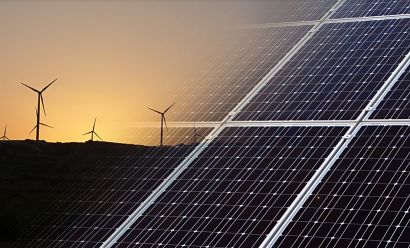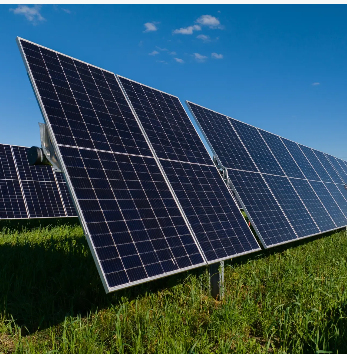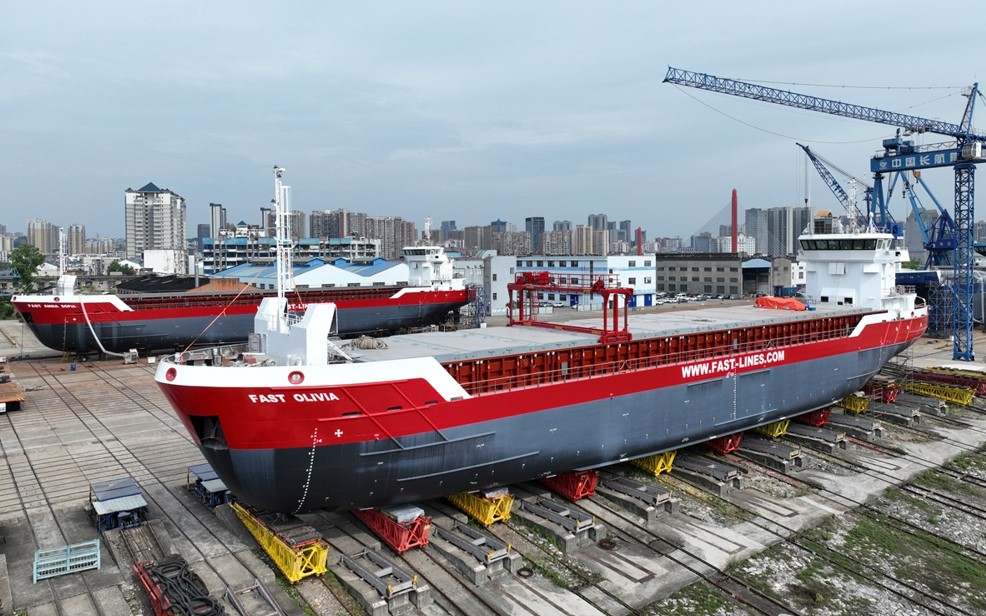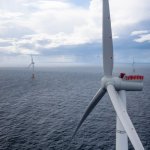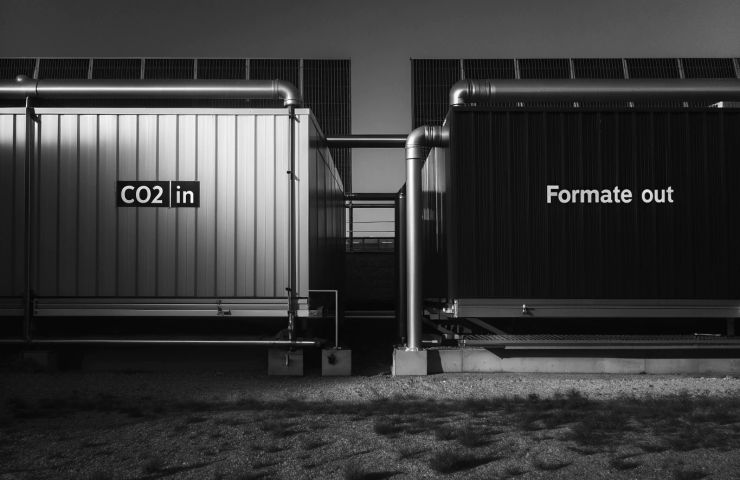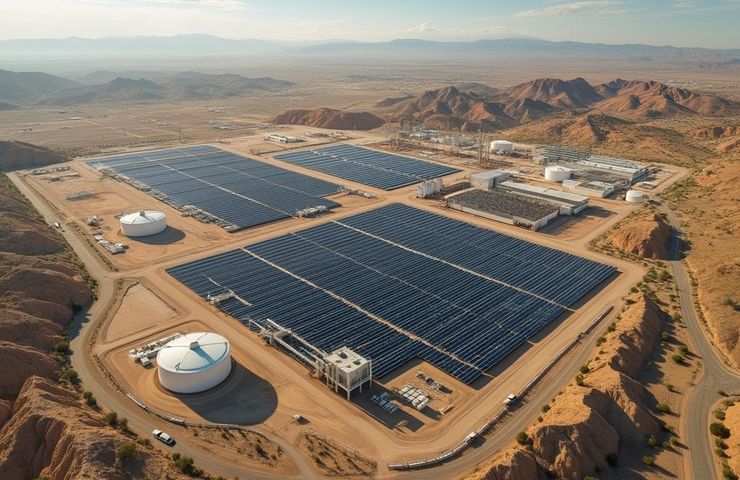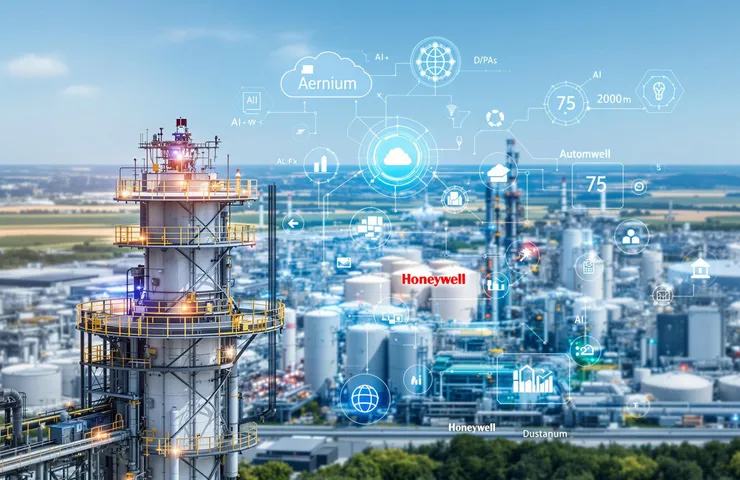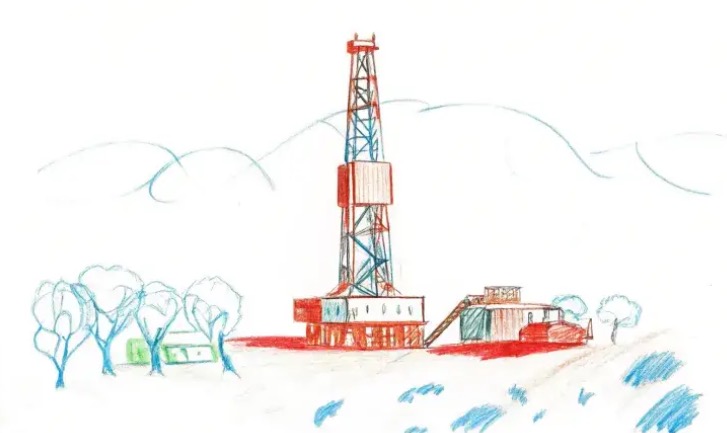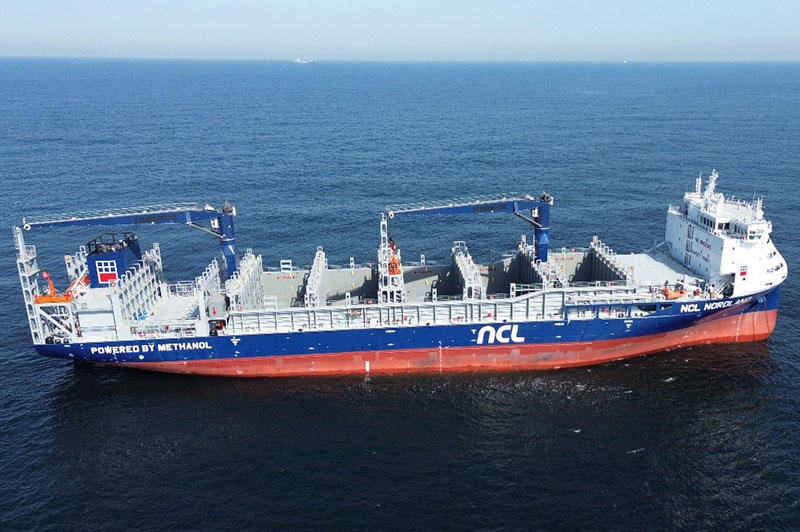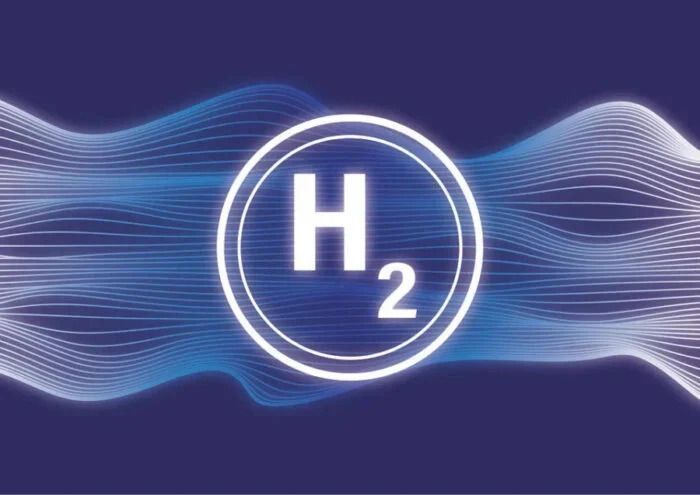Hydrogen Investment Surges as Global Energy Spending Hits Record $3.3 Trillion in 2025
An Energy Inflection Point We’re standing at a major crossroads in the world of energy. The International Energy Agency (IEA)…
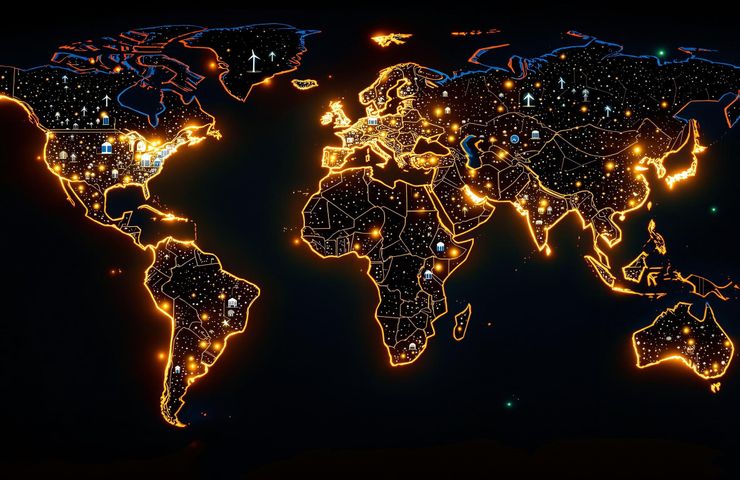

An Energy Inflection Point
We’re standing at a major crossroads in the world of energy. The International Energy Agency (IEA) says global energy investments are set to hit a record-breaking $3.3 trillion in 2025. But here’s what really stands out: nearly two-thirds—about $2.2 trillion—of that money is pouring into clean technologies like renewable energy, green hydrogen, nuclear power, and next-gen smart grids.
That number isn’t just impressive—it’s a clear sign that the long-awaited shift away from fossil fuels is actually happening. Backed by climate pledges, energy security goals, and future-focused investments, this transition is picking up speed. Sure, fossil fuels are still pulling in around $1.1 trillion, but the momentum is clearly changing. Clean tech is gaining ground, and it’s doing it fast.
Hydrogen Doubles Down—But Depends on Support
One of the most exciting developments in all this? The surge in hydrogen investment. The IEA expects spending on hydrogen to jump to $8 billion in 2025—almost double what it was the year before. That’s seriously fast growth, especially considering hydrogen still makes up a relatively small slice of the total energy investment pie. Green hydrogen, made using renewable-powered electrolysis, is really coming into its own.
That said, hydrogen’s rise isn’t guaranteed. It still depends heavily on solid policies and a clear regulatory roadmap. Without strong government support and reliable incentives, investors may find it tough to turn all that promise into scalable, profitable projects.
The Clean Tech Mosaic: Solar, Storage, Nuclear
When it comes to clean energy, solar photovoltaic (PV) continues to lead the pack, raking in an estimated $450 billion in 2025 alone. Battery energy storage isn’t far behind—it’s becoming crucial for smoothing out the ups and downs of solar and wind power. Then there’s nuclear energy, which is seeing something of a comeback. It’s expected to attract more than $70 billion in investment, a 50% jump in just five years. With the world chasing zero-emission technology, nuclear is cementing its role as a reliable, low-carbon powerhouse.
A Tale of Two Worlds: Finance Flows & Energy Injustice
But here’s the tough part—most of that $2.2 trillion in clean energy funding is headed to wealthier nations like the U.S., the EU, and China. Meanwhile, developing countries, where demand is booming and populations are growing fast, are being left behind. They’re grappling with limited access to funding, weak grid infrastructure, and other barriers. Africa, for instance, which holds 20% of the world’s population, has actually seen energy investment drop by a third in the last decade.
That divide isn’t just unjust—it’s dangerous. A truly successful global energy transition needs to include everyone. If big chunks of the world are stuck on the sidelines, the whole system is at risk of stalling out.
Fossil Fuels Sink, But Slowly
Fossil fuel investments aren’t disappearing overnight, but they’re definitely slowing. Upstream oil spending is projected to dip for the first time since 2020. Investments in coal and gas are also trending downward. Still, at $1.1 trillion, fossil fuels are far from out of the picture—they continue to carry enough financial weight to sway markets and impact emissions in the short term.
The Middle East remains a major player here, especially in oil production. Different regions are clearly playing by different energy playbooks, and those strategies are still unfolding.
The Grid: The Unsung Hero (or Bottleneck)
Here’s something that doesn’t get enough airtime—the electrical grid. You can build all the renewable energy and hydrogen storage you want, but if the grid can’t handle it, it’s a nonstarter. Whether it’s smart transmission lines or digital control systems, grid infrastructure just hasn’t kept pace—even in some of the world’s richest countries.
The IEA sees this as one of the biggest risks to the clean energy shift. Without upgraded, modern, flexible grids, all those shiny new tech investments might not deliver the benefits they’re capable of.
Zooming Out: What This Means Moving Forward
This massive redirection of investment didn’t happen overnight. It’s been building since the signing of the Paris Agreement back in 2015, and it got a major boost from COVID-era recovery plans that pumped money into green initiatives. What’s driving it today? A mix of climate urgency, industrial competition, and the cold, hard economics of risk—especially as fossil fuel markets become more unpredictable.
Looking ahead, the IEA makes it crystal clear: if we want the clean energy transition to live up to its potential, we need to widen access, modernize the grid, and create stable financial frameworks for fast-growing sectors like hydrogen fuel cells and low-emission fuels.
At the end of the day, energy is more than just electrons and fuel—it’s about power in every sense of the word. And the way we choose to invest in it today will shape the world we live in tomorrow.
What's Your Reaction?













